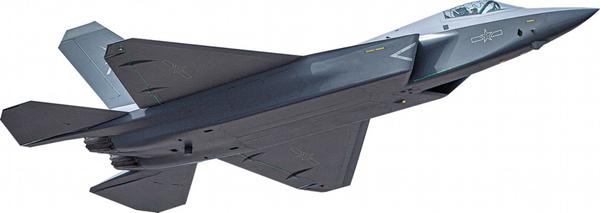
Stealth fighter jet, the J-35A made its public debut in November at the 15th China International Aviation and Aerospace Exhibition in Zhuhai, Guangdong province. (CHEN XIAO/FOR CHINA DAILY)
Wang said the defense network needs a plane that can "see" hostile objects and track and intercept them. More importantly, the J-35A will empower and coordinate other assets in the network.
"It can lock on the targets, share the targets' position with other weapon systems, such as surface-to-air missiles, and even use its own radar to guide other weapons to bring the targets down. This is called 'systems coordination' or 'multi-domain coordination'," he explained.
The Shenyang institute is China's first aircraft design organization and also one of the only two Chinese research bodies capable of designing manned fighter jets. It is known for developing a number of combat planes that have been widely deployed in the Chinese military such as the J-8 and J-11B, as well as the J-15, the country's first carrier-borne fighter jet.
China Daily's interview with Wang, one of AVIC's top jet designers, was the first time he has elaborated on the J-35A's functions in an air-defense system.
The country's newest type of stealth fighter jet, the J-35A made its public debut in November at the 15th China International Aviation and Aerospace Exhibition in Zhuhai, Guangdong province, shortly after it was declassified by the Air Force.
Its overall design is based on the J-35, a stealth naval fighter developed for deployment in the near future on the PLA Navy's aircraft carriers and for cooperation with the J-15 in carrier-based air operations.
China will become the second nation after the United States to have two families of stealth fighter jets in active service after they are commissioned.
Currently, the PLA Air Force has deployed a large fleet of J-20 heavy-duty stealth combat aircraft, that went into commission in late 2016. The J-20's basic configuration has evolved into several variants including a twin-seat version.








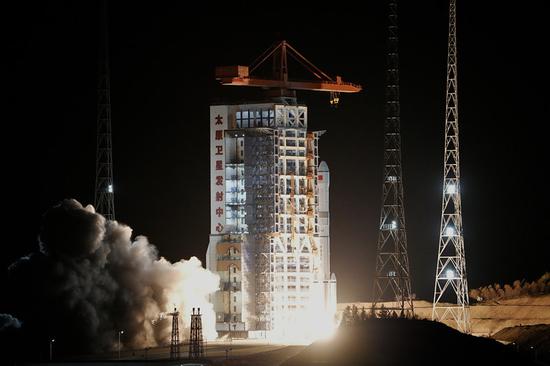
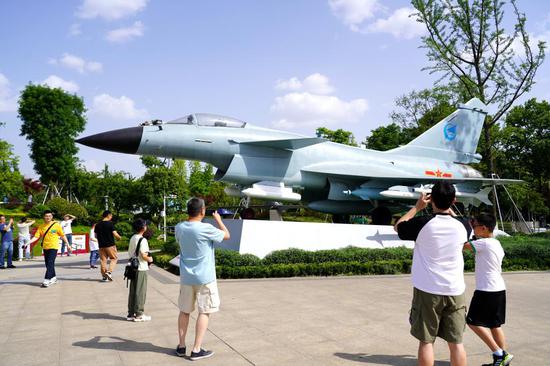


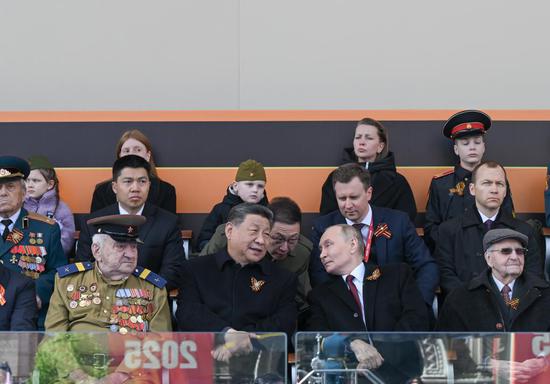
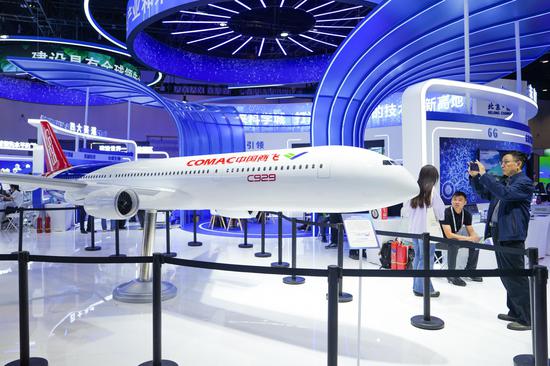
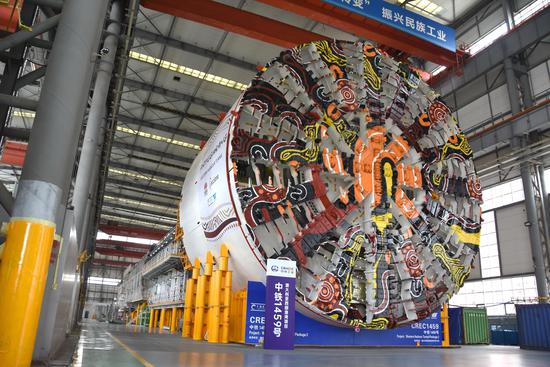
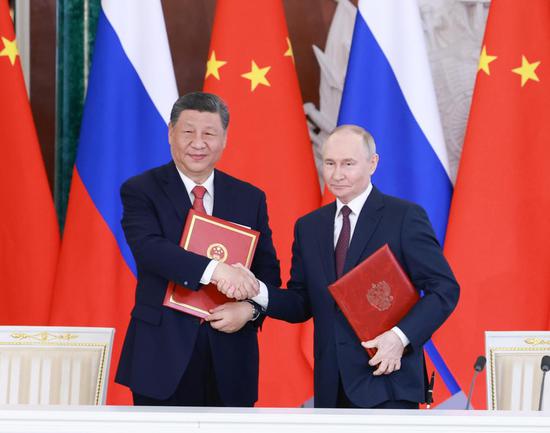
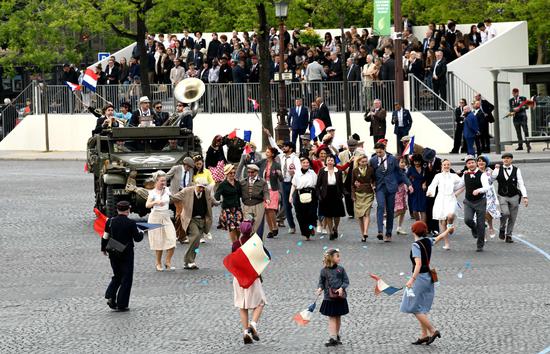
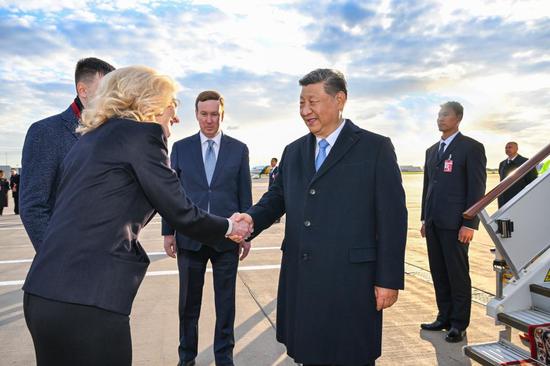

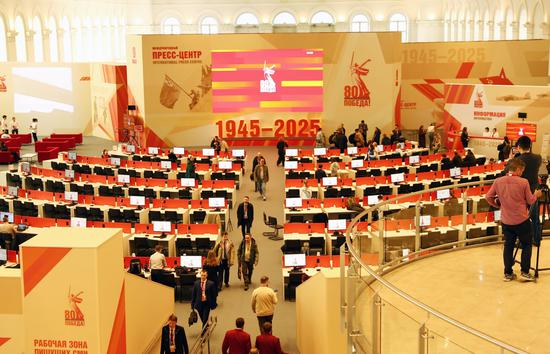



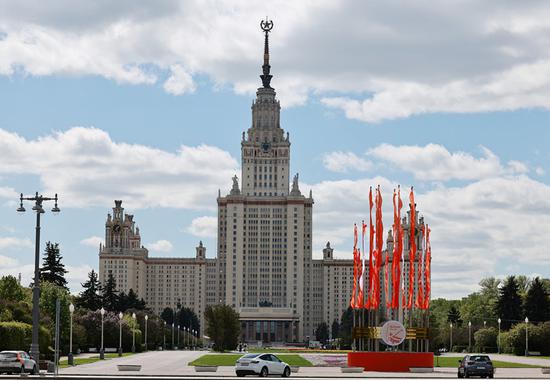




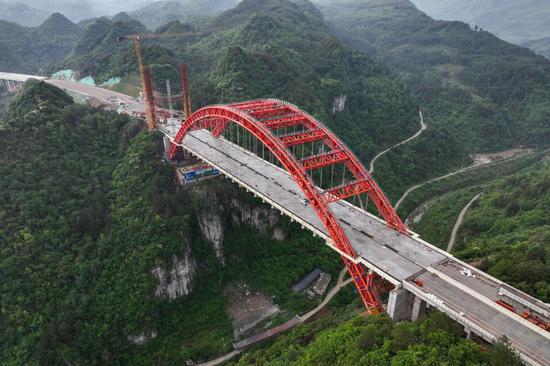


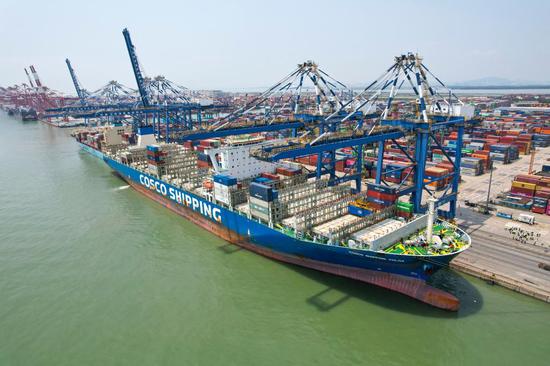

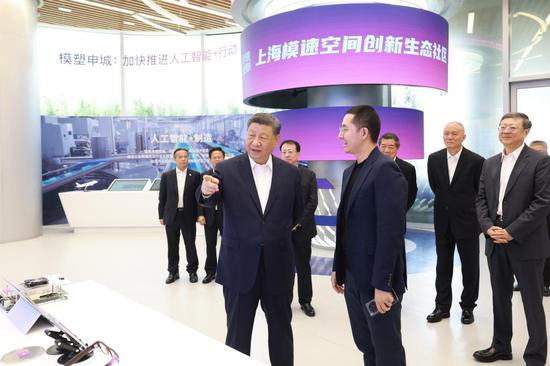


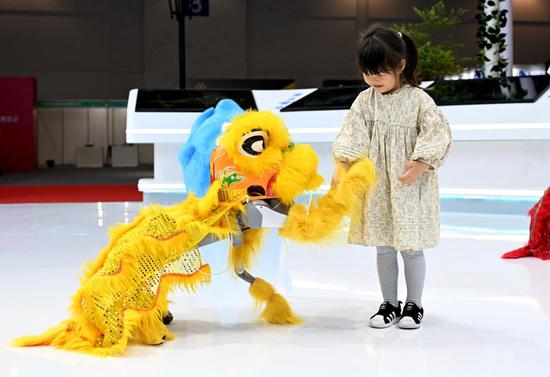






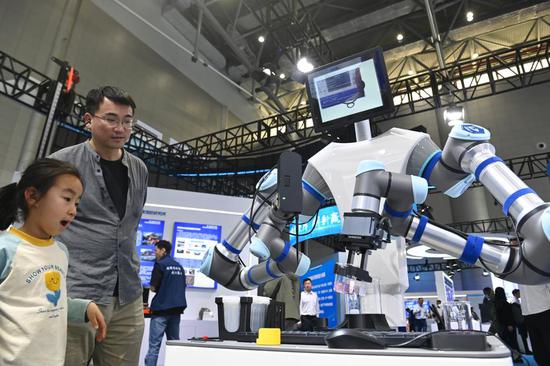






 京公網安備 11010202009201號
京公網安備 11010202009201號